Every month, Founder/CEO Sue Bethanis speaks to thought leaders
in leadership, tech, design thinking and human resources. Join us for
inspiring conversation and practical insights.

Viewing
Leadership
Stay Connected • Sign up and receive leadership insights: